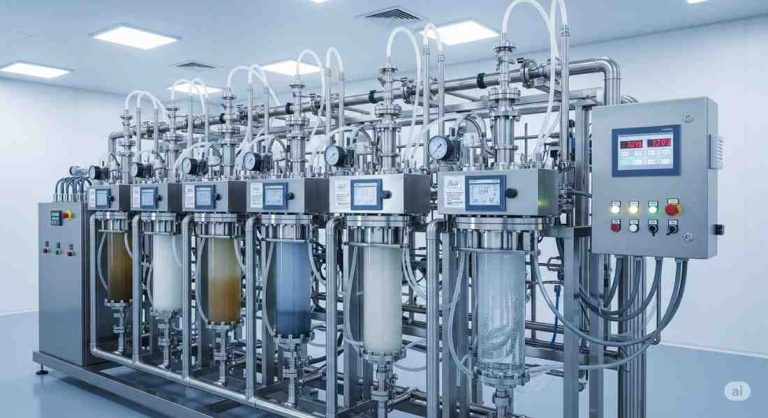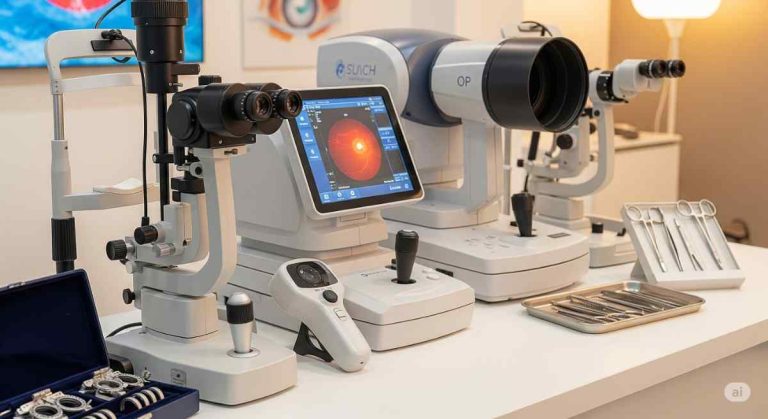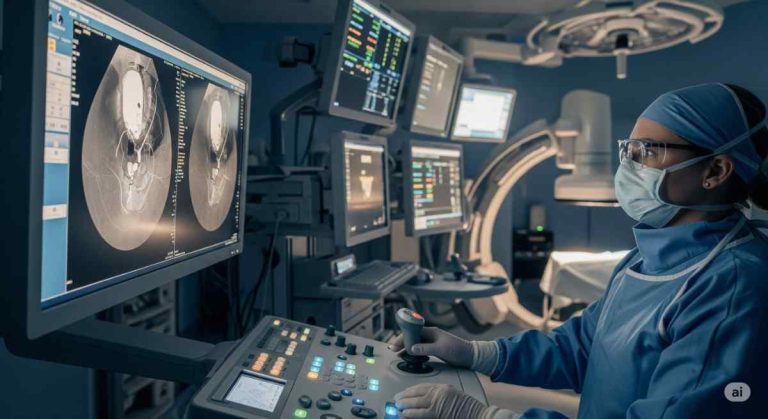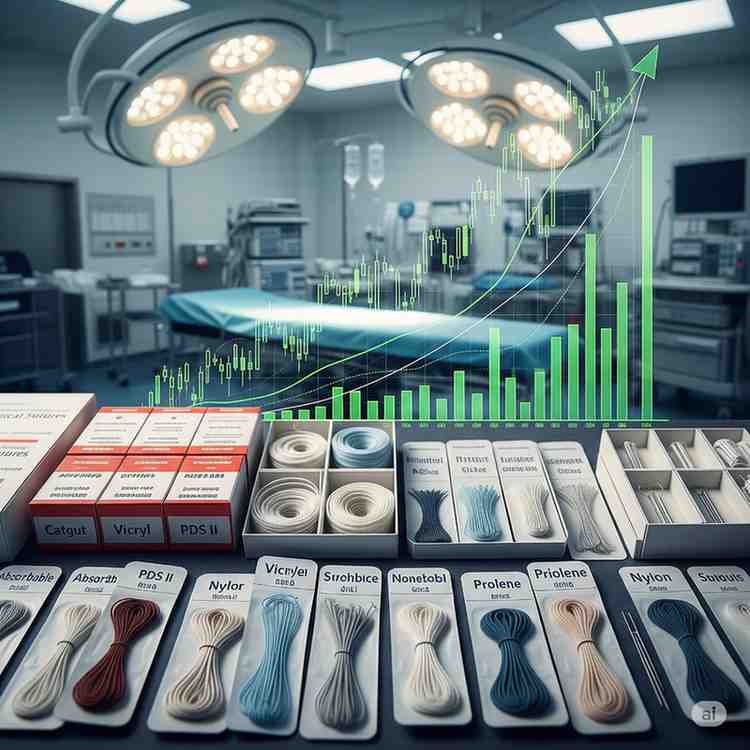
The global flow cytometry services market is experiencing robust growth, projected to surge from USD 337 billion in 2024 to USD 839 billion by 2034, reflecting a strong CAGR of 977 percent over the forecast period. This growth is driven by advancements in biomarker screening, immune profiling, and AI-enhanced data interpretation.
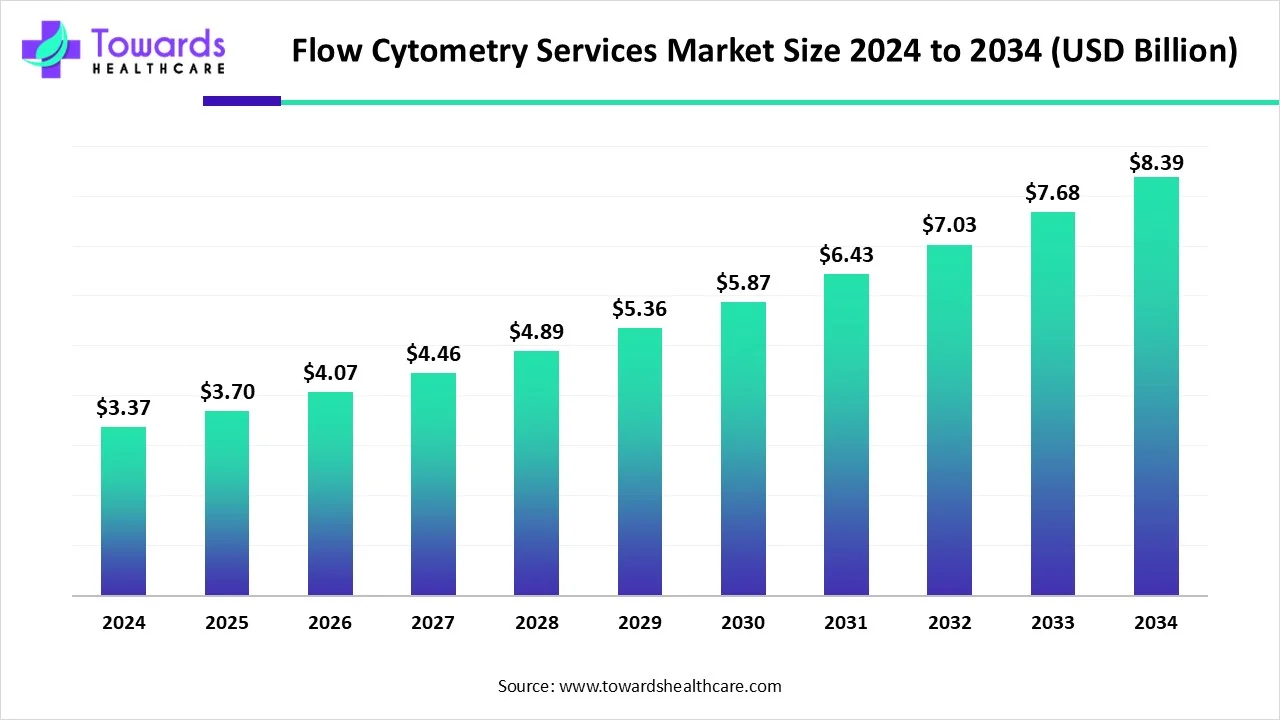
Market Highlights and Key Takeaways
-
North America led the global market in 2024
-
Asia Pacific is poised to be the fastest-growing region during 2024 to 2034
-
Government-accredited laboratories dominated by accreditation type in 2024
-
Third-party accreditation is expected to witness significant growth
-
Analysis services held the largest market share by service type
-
General flow services are set to grow substantially during the forecast period
Invest in Our Premium Strategic Solution: https://www.towardshealthcare.com/download-databook/5547
Market Overview
Flow cytometry is a powerful technique for performing rapid, multi-parametric analyses of single cells in a fluid stream. It utilizes light-scattering and fluorescent reagents including DNA-binding dyes and fluorescent antibodies. The technology enables deep cellular analysis across research fields including oncology, immunology, virology, and drug development.
Flow cytometry is highly customizable for specific research applications such as immune response analysis, cell cycle studies, and signal transduction monitoring.
Key Market Trends
New Oncology Applications
In March 2025, Beckman Coulter Life Sciences and Rarity Bioscience AB partnered to offer advanced molecular oncology research tools using superRCA assay technology for flow cytometry.
Scaling Single-Cell Analysis
In February 2025, Illumina Inc and Broad Clinical Labs collaborated to scale high-throughput single-cell projects targeting analysis of up to five billion cells within three years.
Get All the Details in Our Solutions – Access Report Preview: https://www.towardshealthcare.com/download-sample/5547
Artificial Intelligence Enhances Flow Cytometry
Artificial intelligence is transforming flow cytometry by
-
Reducing analytical errors
-
Identifying previously undetectable biological patterns
-
Enabling semi-automated immune profiling
-
Detecting rare cell populations
-
Improving clinical diagnostics using high-dimensional data
These capabilities enhance both efficiency and understanding of disease mechanisms.
Market Drivers and Challenges
Driver
Rising incidence of chronic diseases such as cancer, cardiovascular disorders, and autoimmune conditions is boosting demand for accurate diagnostic and treatment options. Flow cytometry plays a vital role in early detection and development of precision therapies.
Restraint
Flow cytometry generates complex, multidimensional data that requires advanced software and skilled analysts. Signal interference and overlapping fluorescence can complicate interpretation, posing challenges for smaller labs.
Opportunity
Recent innovations now allow flow cytometry to detect over 30 parameters and identify 40 to 50 biomarkers in a single cell. These improvements enhance diagnostic accuracy and reduce turnaround time, making it a valuable tool in disease progression monitoring.
If you have any questions, please feel free to contact us at sales@towardshealthcare.com
Segmental Insights
Accreditation Type
The government segment dominated in 2024 due to strict diagnostic standards and reimbursement frameworks that support quality control and patient safety.
Third-party accreditation is expected to grow rapidly as it offers advanced technology platforms with reliable and reproducible results.
Service Type
The analysis segment led in 2024 by providing accurate interpretations through advanced software and expert analysts. General flow services are gaining popularity due to affordability and wider use in routine diagnostics, supported by technology advancements and personalized medicine trends.
Regional Insights
North America
Home to a strong healthcare infrastructure and advanced research facilities, North America led the global market. Continued investment and support from regulatory bodies drive innovation and adoption.
United States
Extensive research conducted by well-established institutions increases the demand for flow cytometry. Government support further boosts its use in diagnostics and drug development.
Canada
Canada is witnessing growth in pharmaceutical and biotechnology sectors, with rising collaborations and investments enhancing flow cytometry applications.
Asia Pacific
This region is expected to grow at the fastest rate. Increasing chronic disease cases, rising R and D activities, and expanding pharmaceutical sectors in countries like China and India are major contributors.
China
China’s focus on innovation and its large population increase demand for diagnostic technologies, further supported by substantial government investment.
India
India’s pharmaceutical and biotechnology sectors are expanding rapidly. Growing healthcare demand and interest in precision diagnostics drive market growth.
Europe
Research and academic initiatives in countries like Germany and the UK are well supported by government and regulatory agencies, contributing to market expansion.
Germany
Advanced industries and drug development initiatives in Germany are driving demand for flow cytometry in both clinical and research applications.
United Kingdom
Academic institutions are focusing on disease research and diagnostics, fueled by increased public funding and demand for advanced healthcare solutions.
Middle East and Africa
Growing demand for personalized medicine, increasing R and D initiatives, and government-driven healthcare reforms are supporting market growth in this region.
Saudi Arabia
The Vision 2030 initiative aims to modernize healthcare infrastructure by introducing innovative diagnostic technologies like flow cytometry.
United Arab Emirates
The Department of Health in Abu Dhabi launched the first precision medicine program for oncology, aiming to transform healthcare and establish a hub for life sciences innovation.
Leading Companies and Revenue Overview
Cytek Biosciences
Q4 2024 Revenue 575 million dollars
Full-Year 2024 Revenue 2005 million dollars, up 39 percent from 2023
Takara Bio
FY2025 Revenue 45039 million yen compared to 43505 million yen in FY2023
Recent Industry Developments
-
In April 2025, Danielle Callahan from Proteintech emphasized selecting antibodies with non-overlapping epitopes for accurate multiplex assays
-
In February 2025, Dr Richard Cuthbert from Bio-Rad highlighted advances in automation and sample throughput using instruments like the ZE5 Cell Analyzer
Breakthroughs in Research
-
In March 2025, researchers at Rice University developed a low-cost AI-powered flow cytometry device aimed at improving affordability and accessibility
-
In April 2025, Deep Bio presented AI-powered biomarker quantification tools at the AACR Annual Meeting 2025, showcasing their impact on cancer diagnostics
Conclusion
Flow cytometry services are becoming indispensable in clinical diagnostics, immunology, oncology, and personalized medicine. With continuous innovation, strategic partnerships, and growing demand for precision healthcare, the market is set to experience substantial growth over the next decade.
Source : https://www.towardshealthcare.com/insights/flow-cytometry-services-market-sizing
